Management tools are a dime a dozen. And yet, contrary to popular belief, most of them are good and helpful if used correctly and in an adequately defined context.
In “Tool Box Talks” we introduce you to common and less well-known tools and show you how you can exploit their potential for your enterprise, with today’s focus on a PESTEL analysis.

What is a PESTEL analysis and when should it be used?
PESTEL analysis is a strategic planning tool. However, it is also used in strategic marketing or quality management. It analyses the external environment of an organisation and provides a holistic overview of external factors the organization should be aware of.
PESTEL analysis is the first of several steps in strategic planning activitities. Whenever external, macroscopic driving forces need to be considered in the planning process, PESTEL analysis is the tool of choice.
How is a PESTEL analysis used?
PESTEL is an acronym for:
P – political factors
E – economic factors
S – social factors
T – technical factors
E – environmental factors
L – legal factors
Conducting a PESTEL analysis requires several steps to be taken. First, the facilitator needs to select a goup of people representing as many different parts and functions of the organization as possible. This group brainstorms driving forces for each of the six topics.
Next, people external tot he organization are interviewed. This ensures that results are unbiased and helps broadening the background from which ideas are taken, thus reducing the risk of missing important factors in the analysis.
IN the next step, the identified driving forces are evaluated. To do so, all available data on each of the factors are collected and reviewed in order to identify the potential impact on the organisation’s objectives.
Finally, the list of driving forces is refined based on the previous data evaluation. The result is a list of relevant external factors for each of the six categories. This list is the input for subsequent process steps, e.g. a SWOT analysis.

Beware of pitfall!
While searching external driving forces, a PESTEL analysis focuses on six different topics to help create a holistic picture of the environment. In doing so, the tool forces the user to adopt different points of view on the environment. Though this aids to minimize bias effects it does not guarantee that the team will identify all relevant factors. Thus, while preparing for a PESTEL analysis, the group discussion leader needs to pay attention on the selection of participants – both the internals for step one and the externals involved in step two. The broader the experience and background of those involved, the higher the likelihood that all relevant driving forces will be captured.
The same is true for the data analysis in step three. In order to obtain reliable results, the team needs to ensure that inputs are not only taken from a few limited sources. Instead, they should try using a baseline as broad as possible in order to avoid biased data. Again, the use of external experts in data gathering and data evaluation may be helpful in generating a neutral and balanced data set.

What are the benefits of using a PESTEL analysis?
A PESTEL analysis generates an overview of factors potentially impacting an organization. In this way the results assist in better understanding the external context in which an organization is operating. This understanding is one of the key requirements when setting up a quality management system according ISO 9001. Results from a PESTEL analysis may also be used as in input for strategic planning like, for example, a scenario analysis.
Follow us on LinkedIn to learn on a regular basis how you can make the most of management tools, so that you will stay one step ahead of your competitors.


